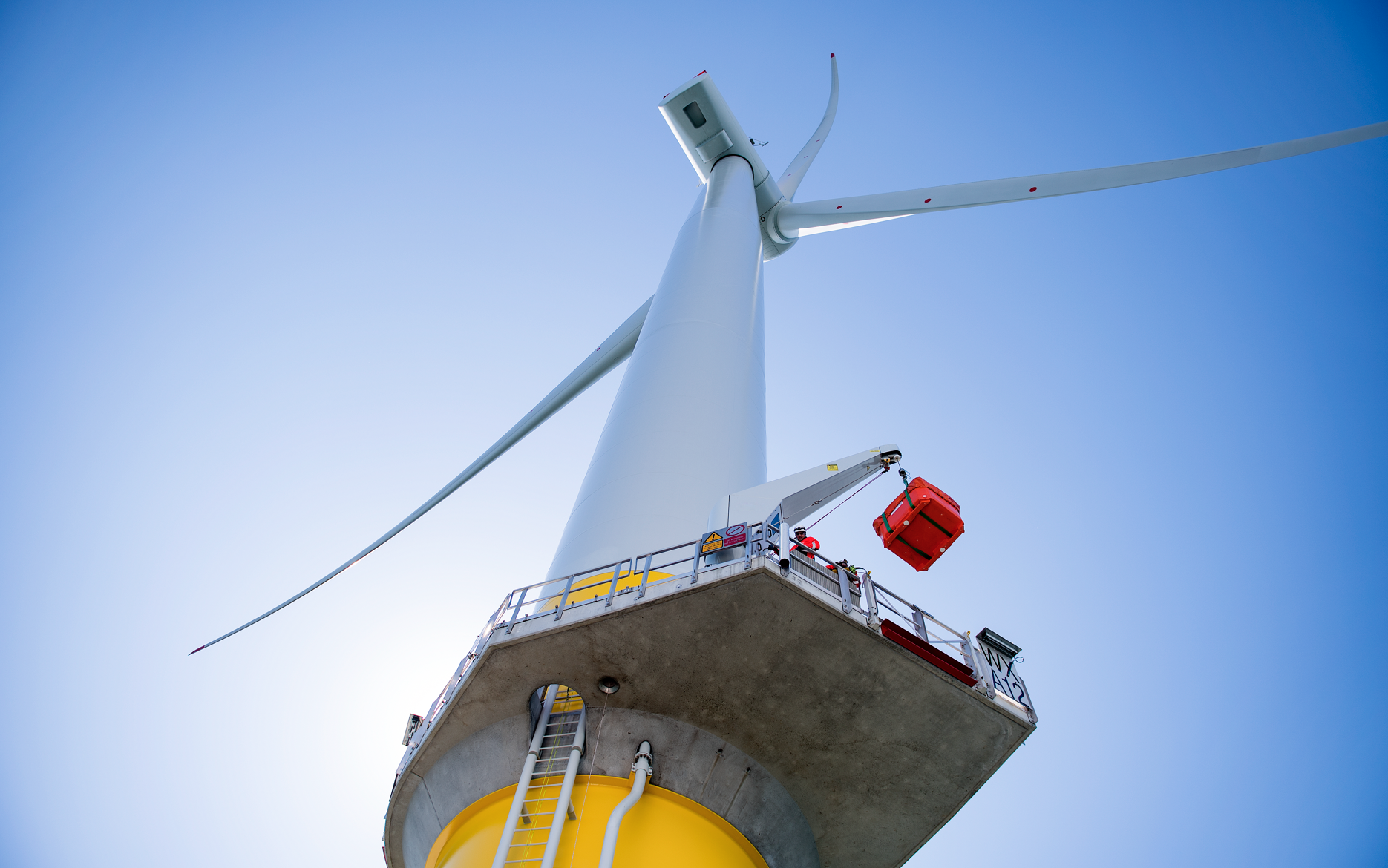Energimyndigheten has been tasked with mapping areas for fossil-free energy production and distribution. Svensk Vindenergi is critical of the fact that wind power is not mentioned in the agency’s mandate.
Energimyndigheten has been tasked with mapping areas with potential for fossil-free energy production and distribution. The government has chosen to expand Energimyndigheten’s mandate to include all fossil-free energy production and energy distribution, identifying and reporting all areas with distribution potential. According to the mandate, Energimyndigheten is to prioritize areas that could be designated as acceleration areas, primarily for solar energy and heat pumps. Wind power is not mentioned in the mandate.
Excluding wind power from the designation of acceleration areas is to lose focus on what can be realized on a large scale, quickly and cost-effectively, said Daniel Badman, CEO, Svensk Vindenergi.
Swedish authorities have determined that an additional 250 terawatt-hours (TWh) of electricity production will be needed by 2045. To achieve this, an expansion rate of new electricity production of 12.5 TWh per year is required. The increase in electricity demand also applies in the short term, i.e., over the six years up to 2030. By both 2030 and 2035, onshore and offshore wind power are the energy sources that can be expanded the fastest and on the scale needed to achieve climate goals and meet the industry’s increased electricity demand for the transition. This increased electricity demand needs to be considered in both the ongoing mapping and the designation of acceleration areas.
By the end of 2026, there will be nearly 20,000 megawatts (MW) of wind power installed onshore in Sweden. In addition, there is a well-filled project portfolio both onshore and offshore that, with the right conditions, can be realized in the next ten years. Accelerating the permit process will improve conditions, allow investment decisions to be made earlier, and enable projects to be realized faster.
The Renewable Energy Directive should instead be used as a tool to create better conditions for increased renewable electricity production. It has long been known that the Renewable Energy Directive would require faster permitting processes, and a too limited and late implementation neither takes advantage of the opportunities with the directive nor meets its purpose, said Ina Müller Engelbrektson, Industry Lawyer, Svensk Vindenergi.
Svensk Vindenergi proposes that Energimyndigheten include the following areas in the mapping of areas with potential for wind power expansion:
– Repowering (generational change) in areas with existing wind power
– Areas in production forests designated by landowners for the co-production of forestry and wind power
– Areas for ongoing and planned wind power projects
– Areas in Energimyndigheten’s inputs to marine plans
– Areas where electricity demand will grow significantly in connection with industry
– Already mapped areas, e.g., in Energimyndigheten’s and the Swedish Environmental Protection Agency’s Strategy for Sustainable Wind Power Expansion and municipalities’ wind power plans
– National interest areas
The background to the government’s assignment to Energimyndigheten is the Renewable Energy Directive’s requirement for member states to map the areas for renewable energy and associated infrastructure needed to at least meet their contributions to the EU’s common goals for the share of renewable energy by 2030. Member states must then adopt plans that designate acceleration areas for renewable energy production.
Source: www.svenskvindenergi.org
















